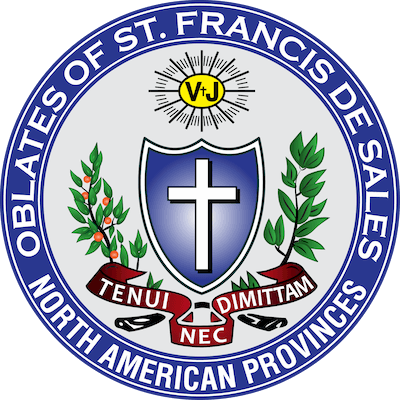The events of Holy Week are tremendous in importance, but, unfortunately, overwhelmingly crammed into a few days. Holy Thursday is revisited at the beginning of post-Easter, ordinary time. When we review Holy Thursday, we call it “the Feast the Body and Blood of Christ.”
The setting for the last supper is the Seder meal of Passover, the great Jewish celebration of the “passing over” the Jews by the angel of death and the passing from slavery to freedom from Egypt.
The ritual telling of the Jewish story at Seder was called Haggadah – the explanation of Passover to those present, especially children. Our liturgy of the word came out of this.
The second part of our mass also comes from the Seder. The Jews ate unleavened bread, matzo. Because of their urgency in leaving Egypt, there was not time to bake with yeast.
Our first reading today comes from the book of exodus, the story of the ratification of a covenant. Moses relates god’s wishes, and the Jews promise to obey the laws which god enjoins on them as their part of the covenant. The sealing of the covenant takes place at an altar that Moses sets up.
Blood, for a Jew of that day, was equated with life. Understandable! If a warrior bleeds out in battle, he loses his life. They concluded, somehow logically, but not factually, that blood was life.
The blood of the sacrificed lamb offering was put into two bowls. The contents of one are splashed on the altar to symbolize the binding nature of the covenant on God’s part. The other bowl is sprinkled on the people as a sign of their binding to God. Thus, the common life-blood ratifies the union of God and his people in the unity of family blood.
During the Seder, Jesus interrupted the flow of this ritual Jewish meal. After he said the blessing, he interjected the words over the bread: “This is my body.” This is I.
Later, at the third of four cups of wine, called “the cup of blessing,” symbolizing the blood of the Passover lamb, Jesus said the blessing and again interrupted the normal flow of the Seder and said: “This is the cup of my blood.” This is I. Just as the former covenant was ratified with blood [Ex 24:8; Zech 9:11], Jesus establishes a new covenant ratified with his own blood to be shed the next day.
The renowned liturgist, Godfrey Diekmann, after discussing the various theories of what happened to the bread and wine used to challenge his students with these words: “What good is it if the bread is changed and we are not? Do you accept your own participation in God’s divinity? Are you ready to become the food you rise to receive?” Diekmann was saying, “We are what we eat” at Mass.
We may need to remind ourselves of Diekmann’s question; receiving Eucharist is not magic. The celebrant is not a wizard and you, “Muggles” – Harry Potter. Being in church does not any more make us a Christian than standing in a garage makes us a car. To receive Eucharist requires our awareness of what we are about as Christians; that is, being consciously present to Jesus, being focused on Jesus at the moment of communion – and afterwards for a while.
Being present in that manner will change us just as a weekly visit to Mother Teresa would have changed us.
To say the same thing in a more scholarly way: there is a philosophical – slash – theological principle: “Whatever is received is received by the quality of the recipient.”
Sounds strange, but it is the principle that underlies familiar experiences. It is the principle that underlies our experience of the sun:
- The same sun will harden clay and melt wax.
- The same sun may give you a savage tan but will sunburn this Irishman.
- The sun is the same, the receivers receive it differently.
Different effects. What is true of the liturgy of the Eucharist is as true for the liturgy of the word. Jesus taught that when he taught about the same grain falling on different kinds of soil: the rocky, the hard, and the fertile. The Word of God will change us only if we are open to it by attentive listening.
At resurrection we have a built-in reminder. There is a period of silence and dimmed lights to minimize distractions after communion. That helps us to concentrate and to enter within ourselves – and both listen to and talk to our Lord.
We will probably not hear an audible answer, but we find that we somehow get ideas that were not there before we made ourselves present to Jesus. We need to open our minds, our hearts, our spirits and we will change through presence in Eucharist.



